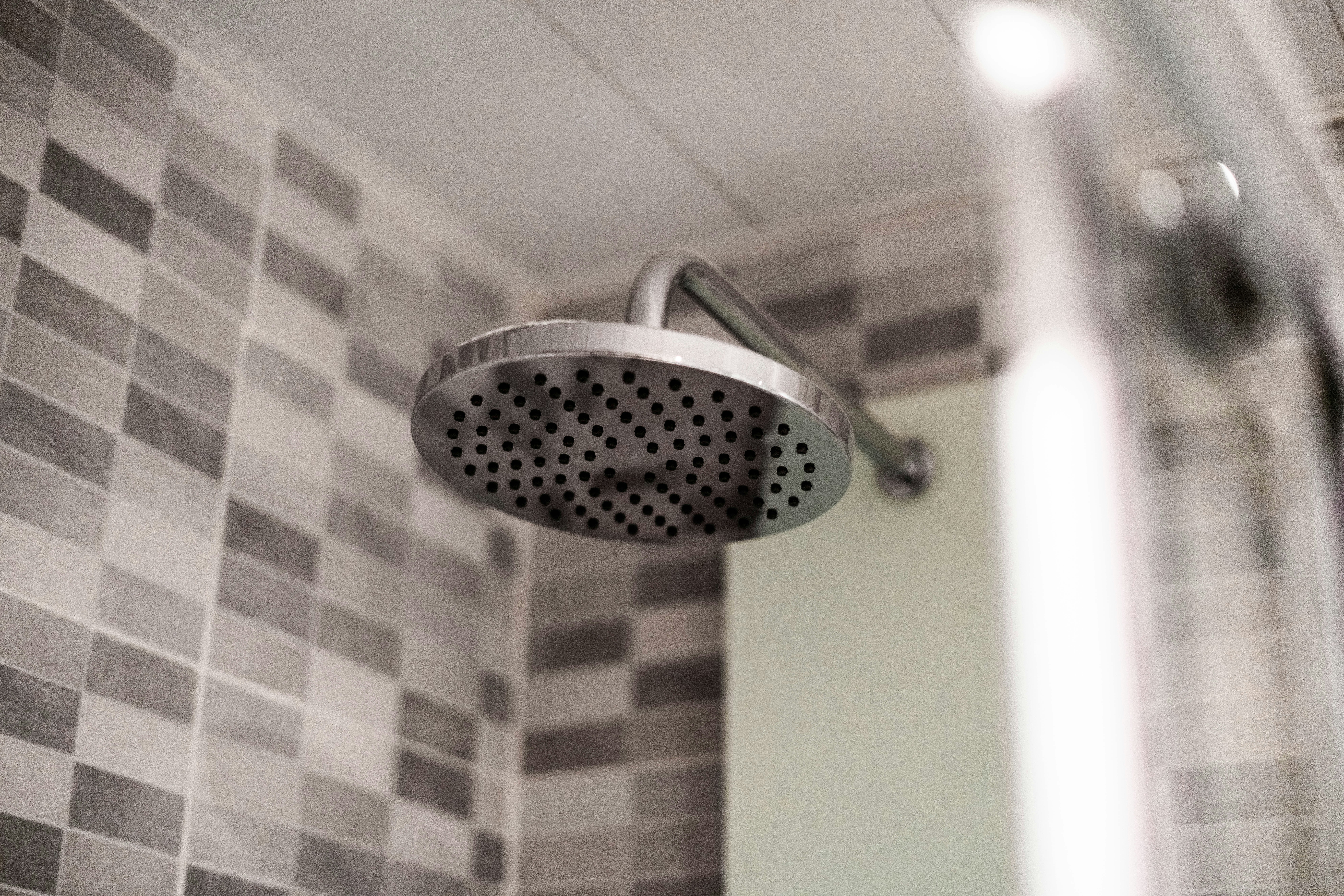How to Set Limits on Your Water Temperature at Home
You may notice that the hot water coming from your faucet may take a while to warm up, but in other cases, it could be coming out scalding hot. While this is usually just a source of frustration, it can also be a safety hazard, depending on who you have in your household.
If you’re having issues with your water heater temperature and the heat pouring out of your fixtures, it may be time to look into setting some limits on your water temperature.

Temperature Range
It’s important to understand when adjusting your hot water temperature that you do need to reach a certain high temperature to help prevent bacterial growth, which can cause things like Legionnaires’ disease. Hot water heater temperatures should be set to at least 140 degrees Fahrenheit to minimize the growth of Legionella and other microscopic organisms that can lead to health issues like a chronic respiratory disease.
It could be instinctual to crank the water heater thermostat up to the max, but the temperature of the water should not be so high that it could lead to third-degree burns. The Consumer Product Safety Commission, or CPSC, recommends setting your water heater to no more than 120 degrees Fahrenheit to prevent a hazard to small children or older individuals. Plus, a water heater set too high can actually increase your electricity bill, impacting any effort to save energy in your household.
Adjusting for Ideal Temperature
Before making any adjustments to the level of warmth from your plumbing fixtures, you should test the water out. Let it run until it’s fully hot, holding a thermometer under the water to get the best temperature reading. It’s a common task during home renovations, including upgrading your kitchen or bathroom.
Setting the temperature on your water heater can vary by type and model, but for the most part, they can be adjusted similarly to achieve the right temperature for you and your household. New water heaters, gas or electric, have a thermostat behind an access panel.
Electric water heaters often have two thermostats—one at the top and another at the bottom of the tank. If you’re in a newer home and opting for a tankless water heater, there are displays featuring water temperature readouts and controls.
Some gas water heaters feature a dial near the bottom of the unit that can be adjusted by just turning it, with no need for tools. Others require turning off power to the water heater at your circuit breaker and using a flathead screwdriver to adjust the hot water temperature by removing the panel and peeling back the insulation. Some gas water heaters may also require you to reignite the pilot light to assure warmth in the water flow.

Other Devices to Help
When handling the plumbing in your home, it’s important to take into account the recommendations of OSHA, the Occupational Safety and Health Administration, regarding water temperature. Temps should be higher than 120 degrees Fahrenheit, but lower than 140 to 150 degrees to prevent burns to the skin.
In homes with small children and patients suffering from conditions like dementia, anti-scalding devices are recommended to assure safety regardless of the type of water heater. There are fixtures, like showerheads, that are designed with anti-scald valves that protect against burns by reducing piping hot water to a trickle.
Anti-scald valves are also available as a screw-on attachment to faucets to control hot water temperatures. This allows for the storage of hot water at a proper temperature that reduces the risk of bacterial growth while avoiding having to wait for cold water to get heated up. There are similar valves that can be installed on water heaters for the entire home. However, it’s recommended that you call in a plumber to handle that installation.
Controlling your hot water temperature is important for both your safety and comfort, and there are several ways you can do it yourself.
